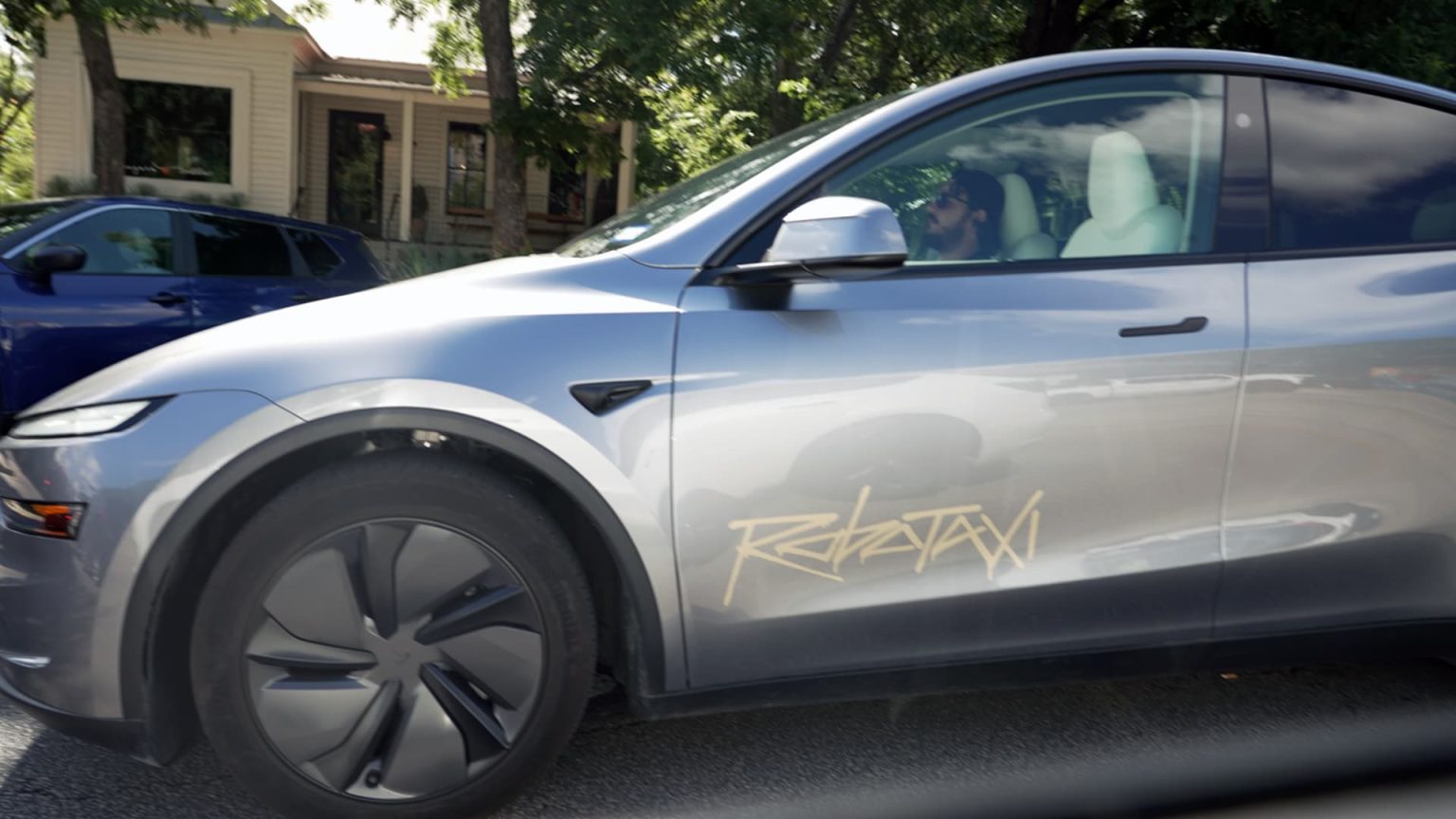In a significant expansion of its autonomous vehicle ambitions, Tesla has applied to test its Robotaxi vehicles in Phoenix, Arizona, following initial pilot tests in Austin, Texas. The company aims to operate its driverless services within the Phoenix Metro area, hoping to compete with established market leader Waymo. Tesla’s plans come at a time when it is grappling with the challenges of rolling out its technology while ensuring safety measures are in place amid increasing regulatory scrutiny.
| Article Subheadings |
|---|
| 1) Tesla’s Application for Testing in Arizona |
| 2) Pilot Tests in Austin, Texas: An Overview |
| 3) Comparisons to Waymo: A Competitive Landscape |
| 4) Safety Measures and Incidents During Testing |
| 5) Future Prospects and Regulatory Challenges |
Tesla’s Application for Testing in Arizona
Tesla has formally submitted an application to the Arizona Department of Transportation to test its autonomous Robotaxi service in the Phoenix area. This application is part of the company’s broader strategy to establish a presence in the autonomous vehicle market, where competitors like Waymo have already gained considerable ground. The spokesperson from the Arizona transportation agency indicated that a decision on Tesla’s application is anticipated by the end of July, providing a crucial timeline for the company’s operations. Tesla has expressed a strong desire to operate within the Phoenix Metro area, a hub for technological innovation and autonomous vehicle testing.
Pilot Tests in Austin, Texas: An Overview
The expansion into Arizona follows Tesla’s recent pilot test of Robotaxis in Austin, Texas, which commenced in June. The pilot program employs Model Y SUVs outfitted with the latest automated driving systems developed by Tesla. Unlike conventional ride-sharing services, Tesla’s Robotaxi fleet is monitored remotely by employees operating from a designated control center. Each vehicle is also accompanied by a human safety supervisor, who is required to be present during operations to intervene if any issues arise while passengers are in the vehicle. This pilot program is crucial for gathering real-world data on performance, reliability, and passenger safety, which will inform future iterations of their autonomous technology.
Comparisons to Waymo: A Competitive Landscape
Waymo, owned by Alphabet, has been a leader in the autonomous vehicle sector, having launched a driverless robotaxi service in Phoenix in 2020. Currently, Waymo operates a fleet of approximately 400 robotaxis in the area, setting a high bar for Tesla as it seeks to establish its own presence in the market. While Tesla has historically been viewed as a pioneer in self-driving technology, it now finds itself in a race to catch up with established players. Tesla’s approach, characterized by a preference for camera-based technology over high-cost sensors like lidar, underscores its strategy to develop more economically viable autonomous vehicles.
Safety Measures and Incidents During Testing
Despite its innovative technology, Tesla has faced several challenges during its Robotaxi pilot in Austin. Incidents involving Tesla’s Robotaxis have raised questions about their operational safety. One notable incident occurred when a passenger, an influencer who runs a Tesla-focused YouTube channel, recorded footage of a Robotaxi colliding with a parked vehicle outside a restaurant. Such mishaps have not only generated concern among potential customers but have also attracted the scrutiny of the National Highway Traffic Safety Administration (NHTSA). This federal agency is currently examining the safety implications of autonomous vehicles, which adds an additional layer of regulatory complexity for Tesla as it strives to expand its operations.
Future Prospects and Regulatory Challenges
As Tesla looks forward to a potential rollout in additional markets, including the San Francisco Bay Area, the company continues to navigate regulatory challenges. Recent statements from CEO Elon Musk suggest that the Robotaxi service may expand to the Bay Area “probably in a month or two,” but as of now, approvals for such operations have yet to be obtained from California regulators. The California Department of Motor Vehicles has raised issues concerning Tesla’s past marketing claims related to its self-driving capabilities. In 2022, the DMV filed a lawsuit against Tesla, accusing the company of misleading advertising practices concerning its vehicles’ autonomous abilities. These legal and regulatory challenges could impact Tesla’s ambitious timelines and the public’s perception of its autonomous vehicle technology.
| No. | Key Points |
|---|---|
| 1 | Tesla has applied to test its Robotaxi service in Phoenix, Arizona. |
| 2 | The company began a pilot program for its Robotaxi in Austin, Texas, in June. |
| 3 | Waymo, a leading competitor, has been operating a driverless taxi service in Phoenix since 2020. |
| 4 | Safety incidents during testing have attracted regulatory scrutiny. |
| 5 | Regulatory challenges in California may impact Tesla’s future operations. |
Summary
Tesla’s efforts to roll out its Robotaxi service underscore the fierce competition in the autonomous vehicle market, particularly in light of established players like Waymo. While the company is poised to capture market share in Arizona, it must navigate significant regulatory hurdles and address safety concerns emerging from its pilot tests. The outcomes of Tesla’s endeavors could shape the future of autonomous vehicles, influencing consumer trust and regulatory frameworks.
Frequently Asked Questions
Question: What is Tesla’s Robotaxi service?
Tesla’s Robotaxi service is an autonomous ride-hailing service utilizing Tesla vehicles equipped with advanced driving systems, aimed at offering rides to passengers without a human driver.
Question: How does Tesla’s approach to autonomous vehicles differ from competitors?
Tesla primarily uses camera-based technology for its autonomous systems, which is more cost-effective than the lidar sensor technology favored by some competitors like Waymo.
Question: What regulatory challenges is Tesla facing in California?
Tesla has not yet received approval from California regulators to begin driverless testing or commercial deployment of its Robotaxi service, amid ongoing scrutiny concerning its previous advertising claims related to self-driving capabilities.


